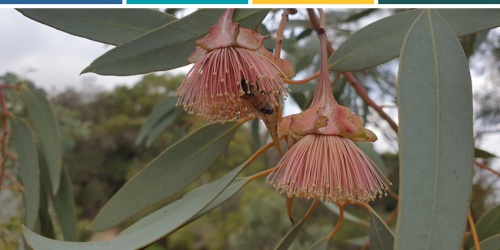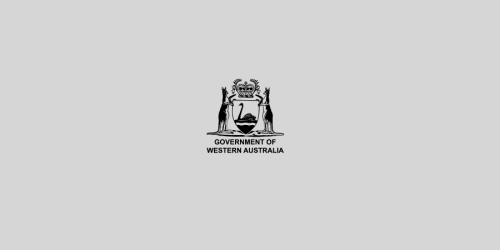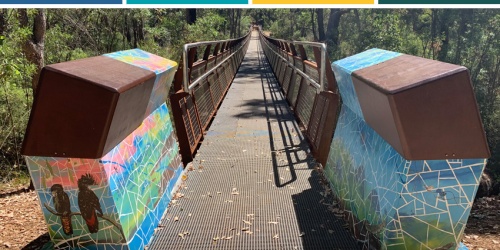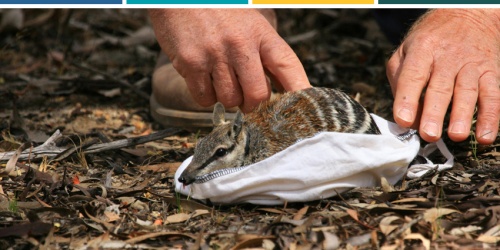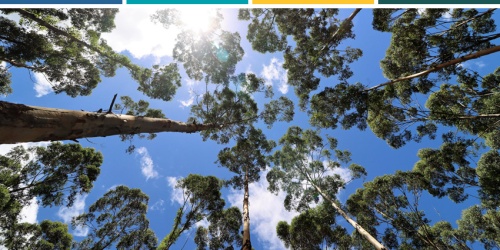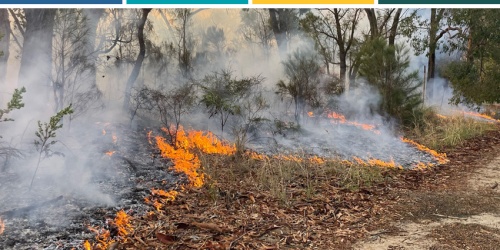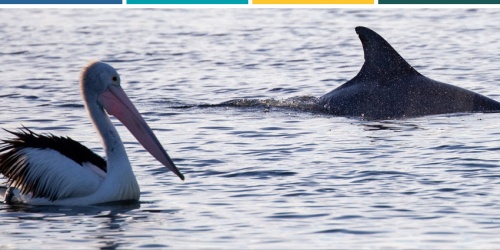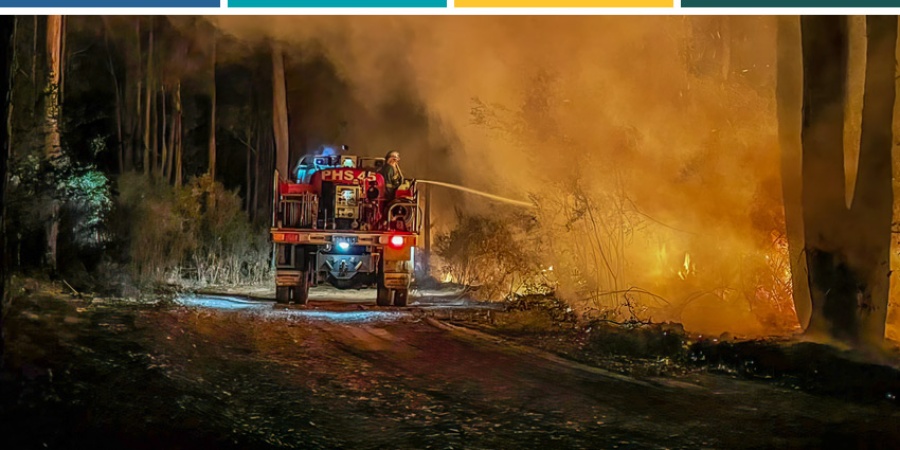
Service 10 is responsible for responding quickly and effectively to bushfires on, or near, department-managed land, by maintaining an appropriate detection and response capacity.
The department continues to work closely with the DFES Rural Fire Division and local governments to implement a collaborative fuel reduction and bushfire mitigation program on lands outside of the conservation estate. This is managed by the department to maximise on-ground bushfire mitigation opportunities across the broader public and private landscape to better protect local communities.
Performance summary
Table 9: Service 10 performance summary
| 2021–2022 target | 2021–2022 actual | Variance | |
|---|---|---|---|
| Expenses by service | $40,922,000 | $55,966,000 | $15,044,000 |
| Key efficiency indicator | |||
| Average cost per hectare burnt | $13.27 | $25.81 | $12.54 |
| Key effectiveness indicator | |||
| Proportion of south-west bushfires contained to less than two hectares | 75% | 79% | 4% |
Note that the bushfire effectiveness indicator considers only those fires where the department was the initial attack agency.
More information on these indicators can be found on the Disclosures and legal compliance page in the downloads section.
Performance highlights
Bushfire management
- The department continued to apply appropriate measures to ensure employees safety and wellbeing and to maintain employees capacity to respond to bushfires during the COVID-19 pandemic.
- In 2021–22 department personnel fought and/or monitored 571 bushfires that burnt about 2,168,614 hectares, including:
- 130,427 hectares in the Pilbara Region
- 41,692 hectares in the Goldfields Region
- 1,547,484 hectares in the Kimberley Region
- 20,831 hectares in the South Coast Region
- 329,165 hectares in the Midwest Region
- 64,035 hectares in the Wheatbelt Region
- 34,980 hectares in the three south-west forest regions (Swan, South West and Warren).
- The causes of these fires were:
- lightning – 28.4 per cent (above the 10-year average of 25.5 per cent)
- deliberately lit or arson-caused fires – 34.3 per cent (below the 10-year average of about 38.7 per cent)
- accidental fires – 10.9 per cent
- escapes from private burns – 3.5 per cent
- escapes from department burns – 0.2 per cent
- other causes – 11 per cent
- unknown – 11.7 per cent.
- In conjunction with DFES and local government authorities, four interagency State bushfire pre-formed incident management teams were rostered for deployment to seven large bushfires around the State throughout the southern bushfire season.
- These teams were deployed to Margaret River (December 2021), Wooroloo (December 2021), Carnarvon Region Bushfire Complex (January 2022), Denmark (February 2022), Bridgetown (February 2022), Bruce Rock (February 2022) and Corrigin, Kulin and Kondinin Complex (February 2022).
Bushfire detection
- The department provided an effective bushfire-detection system in the high bushfire risk zones of the south-west forest regions using single-engine aircraft and 10 fixed lookout towers. The department’s fleet of 10 ‘spotter’ aircraft flew 3719 hours of aerial surveillance in pre-determined circuits. Flight schedules varied according to bushfire danger levels and fire activity.
- The detection aircraft also flew 434 hours in support of bushfire suppression operations, flown by three permanent pilots and 12 seasonally employed pilots.
Aerial bushfire suppression operations
- The department contracted eight fixed-wing 802 air tractor water bombers from November 2021 to mid-April 2022. Two additional fixed-wing water bombers were also available for use and were rotated through bases at Manjimup, Albany, Bunbury and Jandakot for periods of severe bushfire weather or high demand. The aircraft provided rapid aerial bushfire suppression capability in the department’s Midwest, Wheatbelt, South Coast, Warren, South West and Swan regions, including the Perth outer-metropolitan area, delivering valuable assistance to ground crews during the initial attack on bushfires.
- Collectively, these aircraft flew 1178 operational hours in attending 52 bushfires and dropped 2116 loads, delivering 6.3 million litres of suppressant.
Bushfire training and development
- The department and DFES jointly conducted six training sessions for Level 2 interagency participants involving 18 departmental staff.
- The department conducted two optional online courses which 39 people successfully completed. These were AIIMS Awareness and Map Reading.
- The department conducted 34 formal fire training sessions inclusive of aviation training, involving 2139 participants. In addition, there were 39 water bomber reloader courses delivered to 431 people.
- Participants of fire training courses included internal staff, volunteers and personnel from the FPC, DFES, local governments and Aboriginal ranger groups from across the State.
- Annual mandatory pre-season training in preparation for the 2021–22 bushfire season was conducted both online and through face-to-face sessions, with more than 191 people completing the online version and 827 departmental and FPC personnel attending over 41 face-to-face sessions.

